Any map I make with:
ggplot() + geom_sf()
produces the expected map, but does not show the degree sign correctly, as appears from the following picture.
The answer given in this answer on SO - degree symbol incorrect in map axis labels - does not help, and I am posting a separate question as I see a different sign.
Changing font does not help.
I've also tried installing the current version of sf (0.9) from Github in a separate project with renv, but have the same result.
I'm on Linux, Fedora 31.
To replicate:
library("ggplot2")
library("sf")
nc <- st_read(system.file("shape/nc.shp", package="sf"))
ggplot() +
geom_sf(data = nc)
2019-03-15 update
The issue is not specific to ggplot/geom_sf; as suggested in the comments, I get the same issue with plot.new(); text(0.5,0.5, bquote(120*degree*N), cex=5)

Also, to clarify, I have not the issue related to Wine detailed in the help of ?X11(). If I run in my terminal, fc-match Symbol, I get:
StandardSymbolsPS.t1: "Standard Symbols PS" "Regular"
Update 2019-03-19
Confirmed on a fresh Fedora 31 and Fedora 32 beta install. Probably a Fedora issue.
I tried with different locales (including e.g. "en_US.UTF-8" or "German") and devices (e.g. cairo_pdf(), cairo_ps()) with the same result.
X11.options() shows "cairo" as type (changing it to Xlib, or dbcairo does not change the result).
Using the TestChars() function proposed by dww in the answer below shows the following:

However, if I knit to pdf with knitr, I get most symbols, including °.
If I knit to html, I get the usual garbled signs.
2020-03-20 update
As suggested by @jpmam1, this seems to be related to a regression in pango, that can be temporarily fixed by downgrading pango. Dowgrading pango however, breaks other core parts of the OS, such as nautilus.
I opened a bug on Fedora: https://bugzilla.redhat.com/show_bug.cgi?id=1815128


